Disposable cups are common to use for hot drinks in cafes. Though paper cups are more convenient and safe regarding hot drinks.
Paper is the material that is recycled the most from municipal and commercial solid trash, including paper contained in nondurable goods like coffee cups (US EPA 2017).
However, with regard to paper cups, the unfortunate truth is that the vast majority of used coffee cups end up in landfills or are burned, despite the best efforts of both brand owners and customers to encourage recycling. This is the case even when recycling is encouraged (Garrison et al. 2016).
Traditional cups that have PE liners cannot break down in a composting system because they are not permeable to the action of microbes and hence are not biodegradable.
While microorganisms that compost paper consume the paper, polyethylene breaks down over time and becomes brittle, which causes it to separate into microscopic, lightweight fragments.
These fragments are easily transported through the ecosystem and cause problems for both the environment and human health (Narayan 2011). Recyclable options include paper cups with PE coatings.
The difficulty arises from the fact that in many locations the necessary infrastructure does not yet exist.

(Mouw et al. 2020) identifies the following factors as essential to the process of successful recycling: (a) the separation and processing of the waste; (b) the reclaiming of fibrous materials; however, not all recyclers accept all packaging; (c) a consistent supply of coffee cups at MRF; (d) the optimization of the recycling process based on the processing of coffee cup waste; and (e) the cost of virgin fiber versus the cost of recycled fiber.
When PE-coated paper is brought into a traditional paper recycling facility, there is a good chance that the paper manufacturer will have operational difficulties and increased costs as a result.
When the plastic layer is re-pulped, it is broken up into flakes, and these flakes have a tendency to clog the thin screens that are used to separate the recyclable fibers from the pollutants.
Any material that does get through the screens and into the paper producing process will normally melt away when it comes into contact with the hot rolls.
The paper machine may have downtime and production losses as a result of these sticky substances, which may cause paper splits. Effective separation between the fiber cups and the plastic component coating that covers them can be achieved.
For instance, in 2018, Starbucks ran a trial operation that debunked the notion that polyethylene (PE) coffee cups cannot be recycled alongside other papers (Peters 2018). Fibers were successfully extracted from used coffee cups and re-pulped at the Sustana pulpmill in Wisconsin as part of the cup-to-cup closed loop partnership project. This allowed for the production of recovered market pulp (USA).
After that, the recovered fiber pulp was put to use by WestRock in the production of cupstock, which was then utilized by Seda Packaging in the manufacturing of brand new coffee cups. According to Sustana, (a) the fiber quality was superior to that recovered from other packaging, such as milk cartons, and (b) it was not more expensive to remove PE from coffee cups than it was to separate it from other packaging that was fibrous-based (Peters 2018).
At this time, Sustana is able to provide its EnviroLifeTM pulp, which is made from 100 percent post-consumer recycled fiber, to packaging that is FDA-compliant and has direct food contact. In the United States of America, several kinds of cupstock paperboard currently contain more than 30 percent recycled fiber from post-consumer waste.
One such product is Clearwater Paper’s Nuvo® cups tock, which is manufactured using a multi-ply fiber blending process and contains up to 35% post-consumer fiber sourced from Sustana. The reuse of disposable coffee cups in recycling programs is both technically and financially viable.
However, in order to accomplish this goal, the entirety of the supply chain will need to work together. The continued success of recycling coffee cups is dependent on a steady supply stream of used coffee cups.
This is necessary so that a recycle pulp mill may continue to work successfully under circumstances that are optimal for the processing of recovered cups. Wasted coffee cups aren’t always accepted in villages and municipalities across the country. In general, local or regional recyclers have been unwilling to accept cups, which is something that at the present time is restricted in the majority of countries.
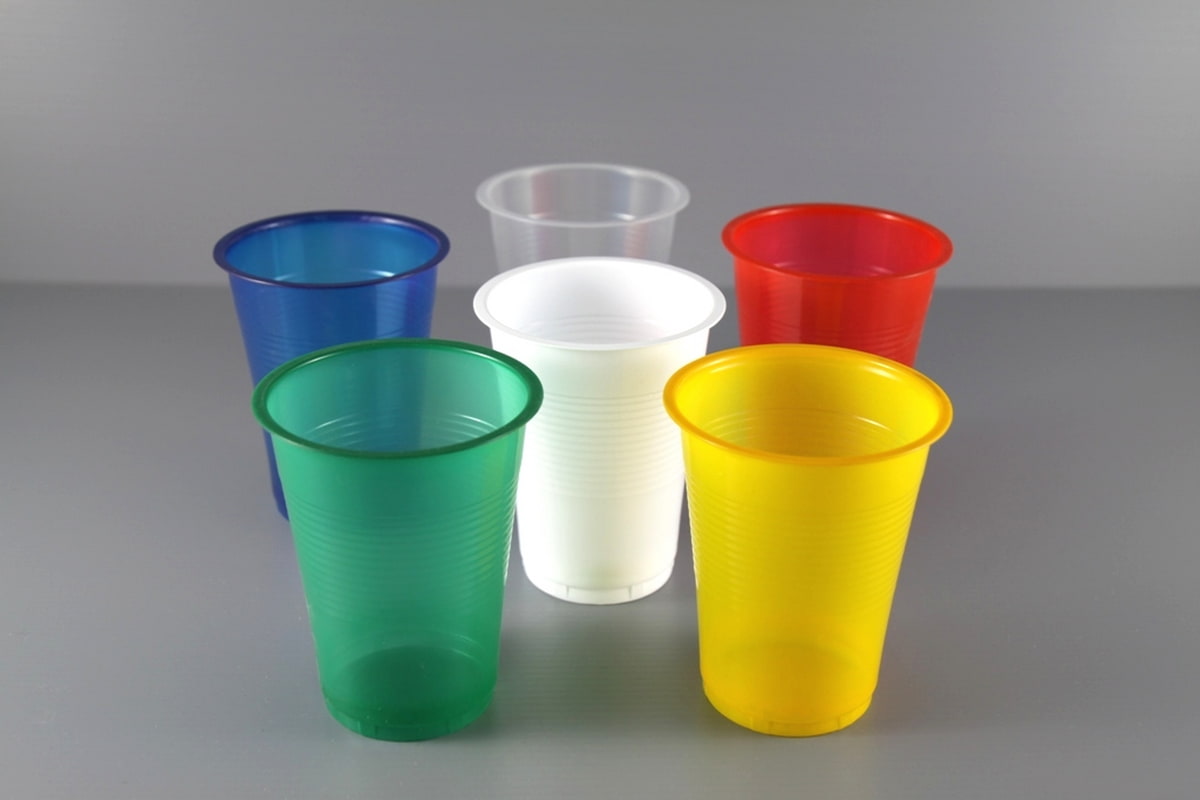
Hot drinks Disposable cups
Hot drinks can be served in disposable cups as well. Used coffee cups have been the subject of systematic collection, sorting, and processing initiatives in developed economies over the course of the previous two years, with encouraging results.
Other cities, such as Seattle, New York, Washington, DC, and Denver, have followed San Francisco’s lead and implemented processes for the collection, separation, and sorting of used coffee cups.
These processes are designed to send significant volumes of used cups to recycled pulp mills such as Sustana. Recyclers have begun incorporating clean coffee cups in their bales, which makes it possible for recycling pulpmills to readily take the cups together with the rest of the recyclables.
Papers. Recology, a major recycler with headquarters in San Francisco that serves cities in California, Oregon, and Washington with collecting, recyclables sorting, marketing, composting, and landfilling services, is one example of a company that has made the promise to take paper coffee cups.
In contrast, efforts by industrial organisations like as the Foodservice Packaging Initiative (FPI) in the United States attempt to expand recycling through the organization’s Paper Recovery Alliance.
The majority of the driving force behind recycling in Europe comes from policy, particularly incentives for investment in recycling infrastructure. According to the PCRRG, residential property prices in the UK, for instance,
The rate of recycling coffee cups has increased from 1:400 in 2017 to 1:25 in 2018 and is projected to reach 1:12 in 2019 (Reed 2018). This increase was made possible by recycling programs and four large reprocessing factories.
Paper coffee cups have been easier to collect and recycle thanks to initiatives in some countries, such as the United Kingdom’s Simple Cups and Australia’s Close Loop programs. In the United Kingdom, fast food chains like McDonald’s and coffee shops like Costa Coffee have placed recycling containers in their locations that are dedicated to collecting used coffee cups.
Recycling Service UK makes it easy to recycle paper coffee cups by collecting trash cups directly from retail locations. This makes recycling paper coffee cups more environmentally friendly.
Another example of a cooperative recycling program that involves both supply chain participants and brand owners is CupCyclingTM, which was developed in the United Kingdom by James Cropper.
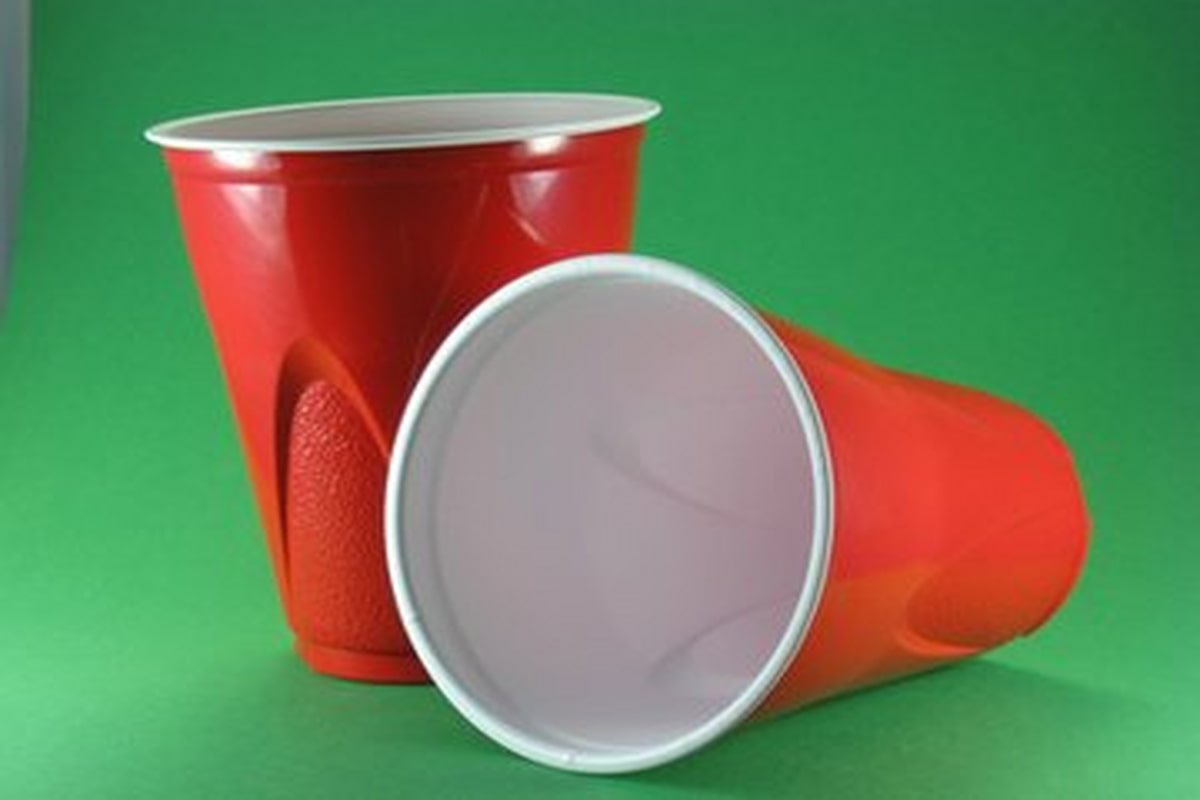
Devoted to the process of upcycling out-of-home paper coffee cups into custom papers. In contrast, the practice of collecting and recycling PE-coated packaging, separating it, and then burning the plastic component is already well-established in Japan.
In Japan, the plastic component is incinerated. Smart Planet Technologies offers an illustration of how coffee cups can be successfully included into a recycling program.
This illustration can be found on their website (US). It just began selling reCUPTM, a paper cup made with a small amount of plastic that is also known as VericupTM in the United Kingdom (resin). Substance in addition to an inner lining that can be recycled. The EarthCoating® barrier technology that they have developed is a mixture of calcium carbonate mineral and polyolefinic resins, such as PE, and it is able to be applied.
With the coating equipment that is already in place, while the used cup may be recycled with ease. When compared to cups produced from 100% fossil-based PE lining, these barrier cups contain between 41 and 50% less plastic overall.
Another illustration of this concept may be found in Beautiful Cups (The Netherlands), a converter that works in conjunction with Renewi, a firm that specializes in waste management and recycling, to provide a closed loop solution.
Renewi collects Beautiful Cups, which are made of 95% fiber and 5% plastic, in special bags and then upcycles the fiber component of the cups into toilet paper. The plastic component of the cups is also recycled.
As of right now, this project is being carried out in ten different nations. During the US Open of Surfing, which took place in Pacific City, California (USA), in the middle of 2018, reCUPTM goods were shown alongside a closed-loop recycling scheme for reCUPTM paper cups.
This project is being hailed as a model for reducing waste generated by paper cups at the municipal level and developing an approach that is environmentally responsible when it comes to the utilization of paper cups.
Such programs have the potential to become accelerators, not just in the recycling of individual cups but also in the adoption of new environmentally friendly paper cups and foodservice packaging. One more strategy is to simplify the recycling process. FrugalCup TM is a composite paper cup that can be disposed of in any recycling bin and recycled with any mainstream waste procedure.
It was developed by the startup company Frugalpac (UK) in the United Kingdom (Frugal Cup 2020). It is made up of two separate cup components: the outside is constructed from recycled paperboard, while the inside is manufactured from food-grade polyethylene. During the process of recycling, each component can be readily separated in the re-pulper, allowing the fiber to be extracted.
Recycled once more, whereas the inner plastic liner can be recycled on its own or burned separately. Recycled again. The Frugal Cup LinerlessTM is made from environmentally friendly virgin paperboard and is coated with a specialized formulation that allows for the recycling of paper cups. In a similar fashion, a Frugal Lid is manufactured from molded fibrous pulp that is derived from leftover sugarcane. Both the cups and their lids can be easily discarded in any recycling bin, where they can then be collected, sorted, and processed into further cups without undergoing any changes.
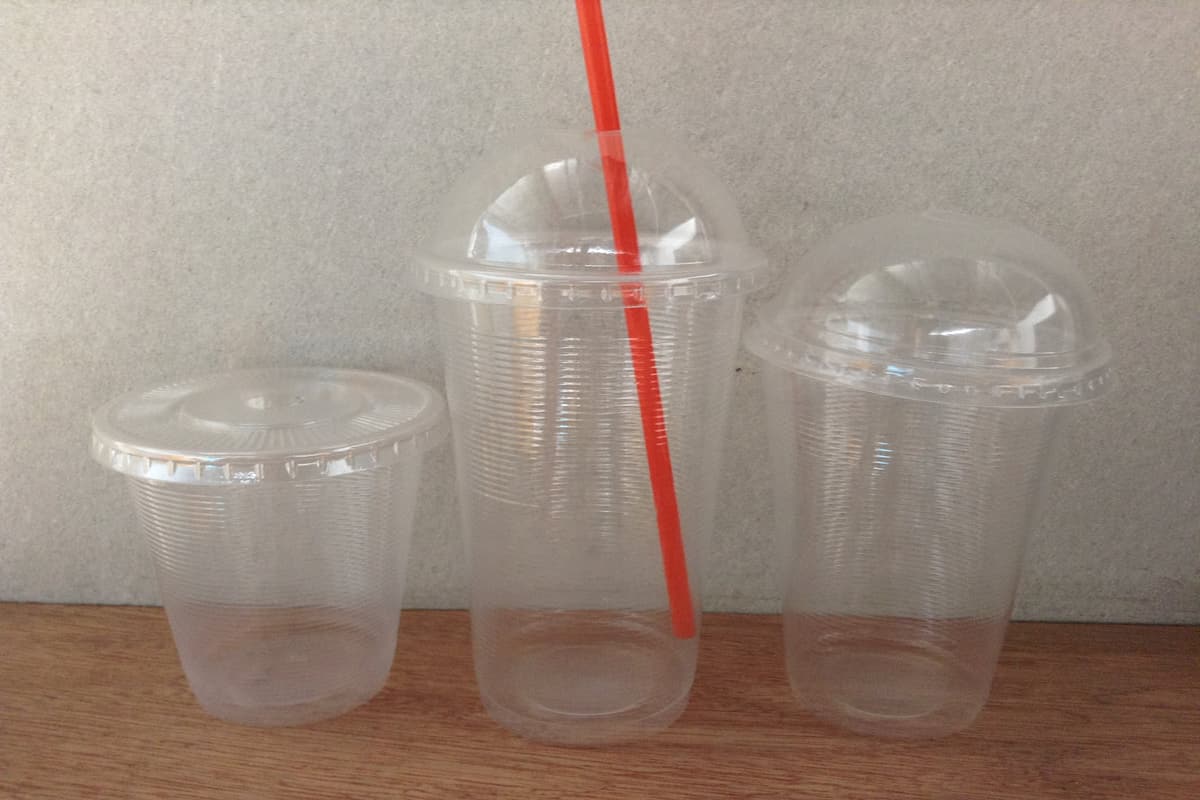
Plastic cups are safe
Plastic cups might not be the safe choice for hot drinks. Major manufacturers of recycled paperboard are currently in the scale-up and commercialization stages of the process to deploy paper mill technology to handle foodservice waste. This includes the production of single-use paper coffee cups for OOH use.
The Advanced Foodservices Packaging Recycling project that WestRock is leading is deserving of special mention. Mills owned by this company are able to process foodservice packaging, such as used coffee cups, as a result of improvements made to the company’s pulping and cleaning systems.
In light of the successful completion of a pilot project in several of the company’s mills, bails from foodservice packaging are now being accepted in all seven of the company’s recycled paperboard mills. Georgia-Pacific is working on a technology that is quite similar to this one using its unique JunoTM process. When foodservice packaging is subjected to heat and pressure, the materials can be screened and divided into fiber, plastic, and metal streams. This allows for greater efficiency.
After that, the recovered fiber is combined with the pulp from recycled old corrugated containers (OCC) and processed to create new materials for packaging.
The number of facilities that are able to collect, sort, and process materials is growing all around the world. Inconsistencies in waste collection service models, legislative patchworks, market access to regular volumes of clean cups, and infrastructure expenditures made for recycling continue to be among the hurdles that must be overcome.
Additionally, composting facilities are not the best places for biodegradable coffee cups; in fact, some of them do not even accept them because they contaminate their composting streams due to the fact that consumers typically throw them away along with non-compostable cups that look identical to them (Wozniacka 2020).
Convenient disposable cups for drinks
Paper disposable cups are a more convenient choice for hot drinks compared to plastic cups. Papermakers and converters have developed a variety of sustainable cup stock solutions in response to the demand for environmentally friendly packaging by brand owners and customer sentiment.

These sustainable cup stock solutions include cups that can be repulpable when processed in recycled fiber paper mills and cups that can even be compostable in industrial settings. Increased effort has been put in to incorporate more of the
Put sustainable components into cup stocks and do away with the polyethylene (PE) barrier layer made from fossil fuels.
Paper coffee cup liners can be replaced with either bio-based polymers, which can be processed in extruders that are already in place, or water-based dispersions, which can either be extruded or put onto cup stock paperboard using coaters that are already in place.
The fact that polymers generated from bio-based feedstocks are not always biodegradable is something that should be brought to your attention. In terms of how much it costs to treat paperboard, innovative coating methods including online extrusion, slot, and slide curtain are becoming increasingly popular.
Coaters have the ability to significantly reduce the costs associated with unit cup stock by doing away with the prerequisites of offline handling, extrusion, and lamination.
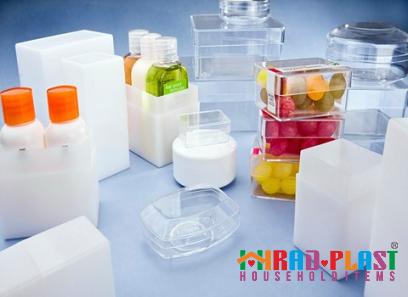

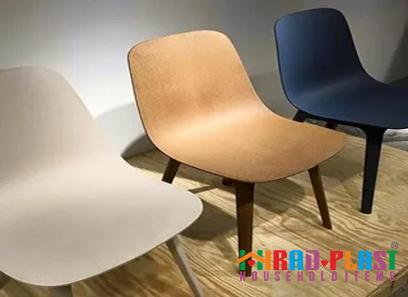
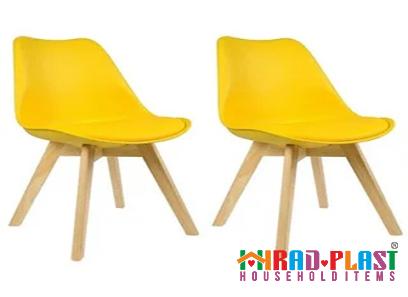
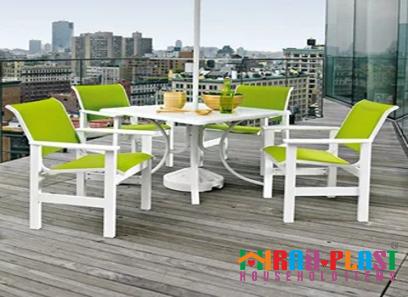
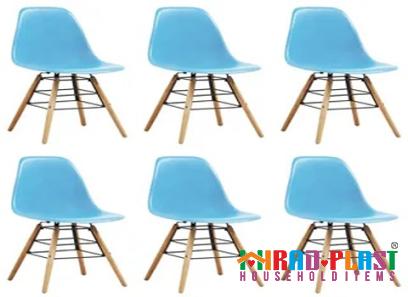

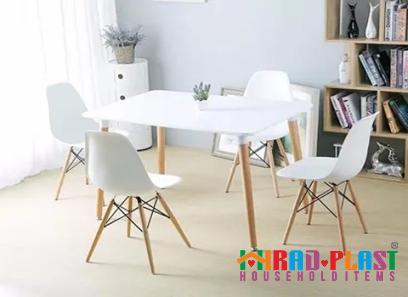

Your comment submitted.